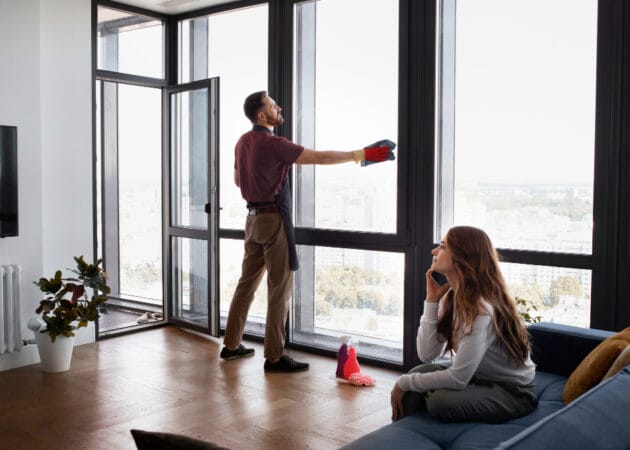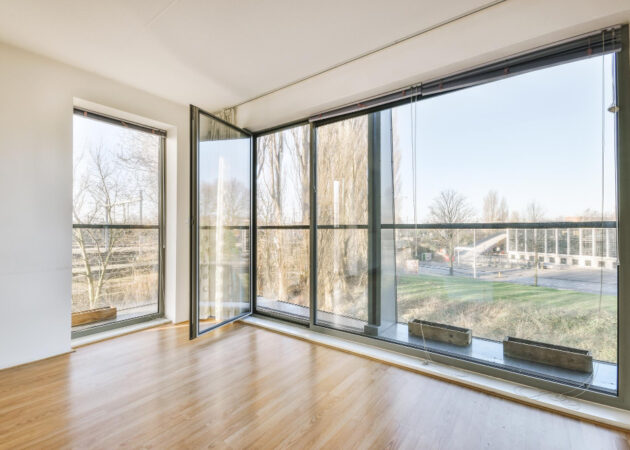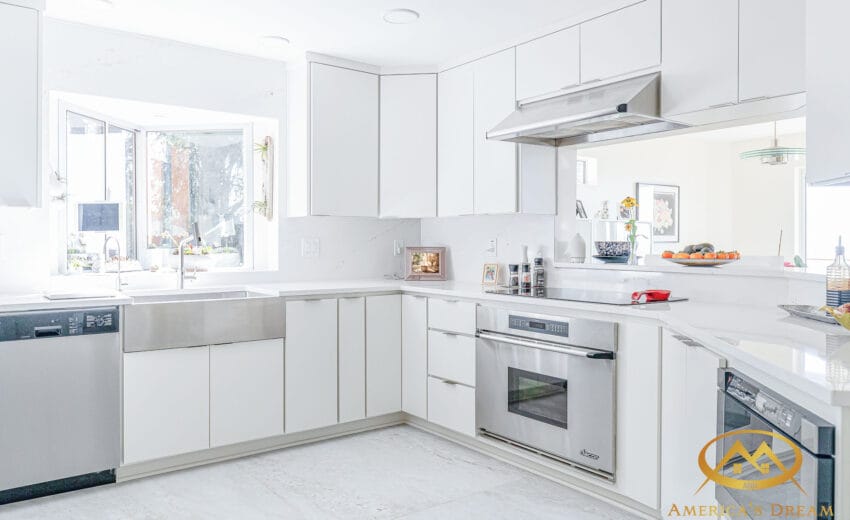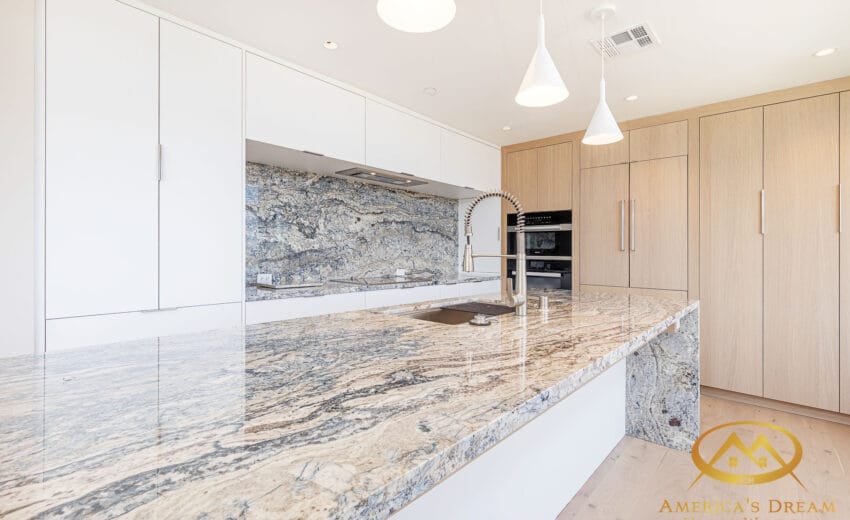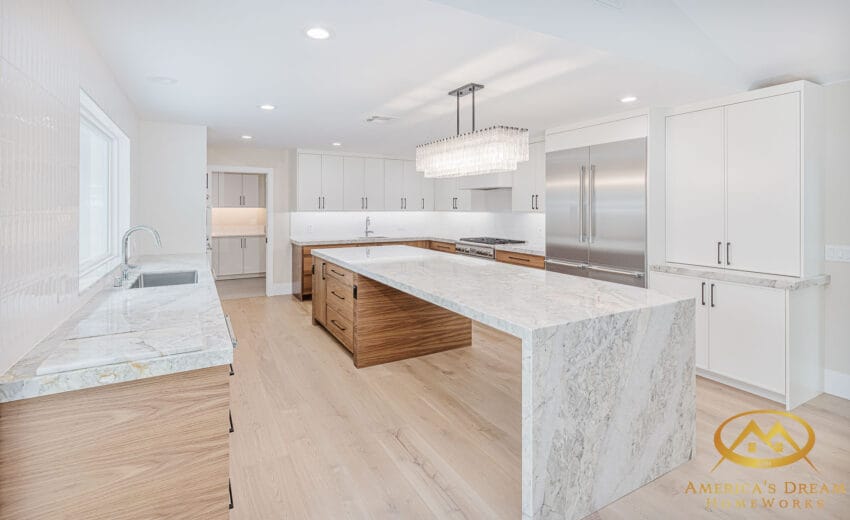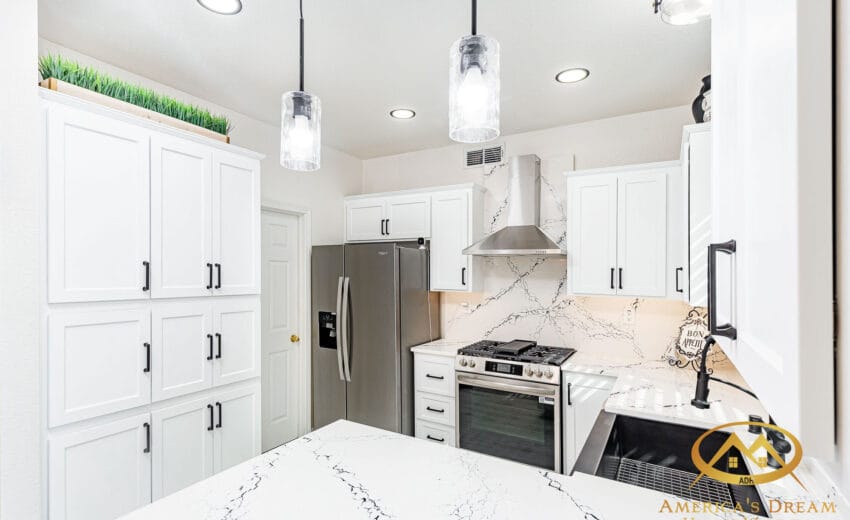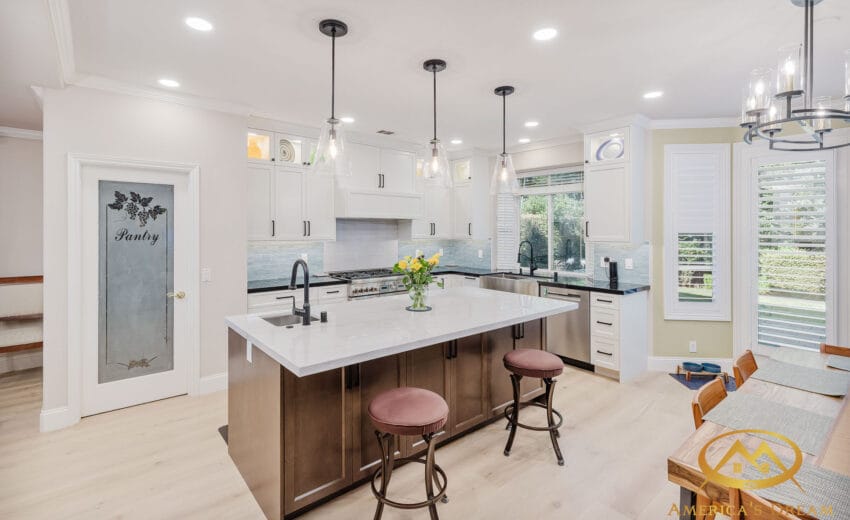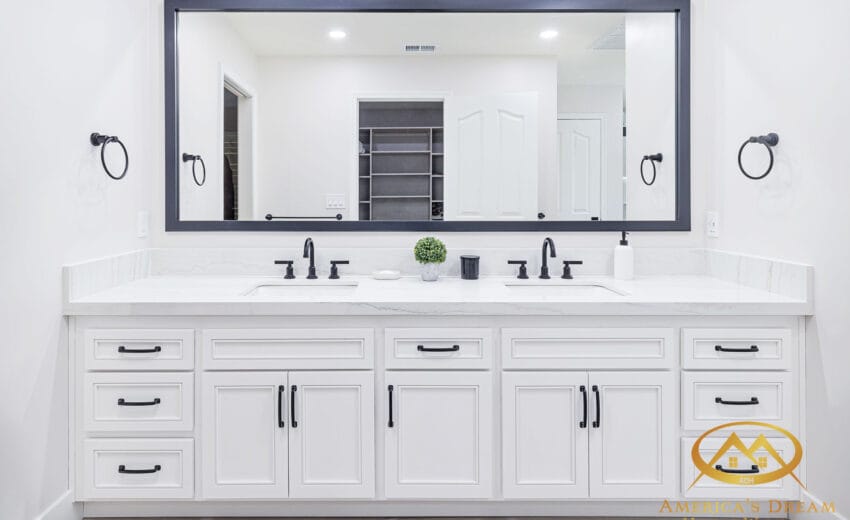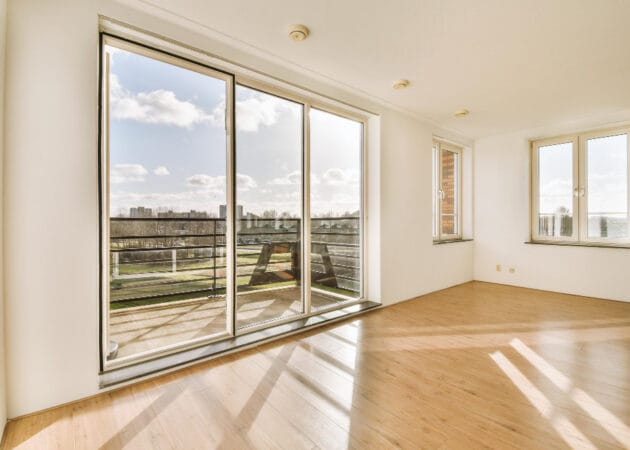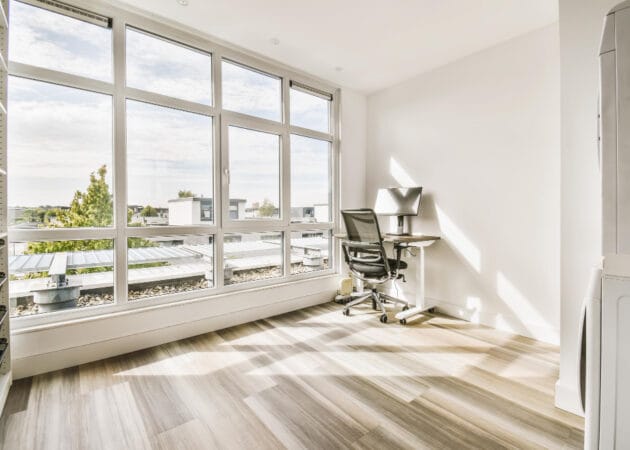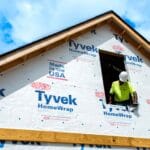If you’re in the middle of a remodel or new build, you’ve probably hit this classic homeowner dilemma: Pella vs Andersen windows. Both brands have strong reputations, similar price ranges, and plenty of marketing buzz. So how do you know which one’s right for your home — especially when you need to make a decision fast?
Let’s cut through the noise. We’ll look at the real-world pros, cons, and key differences to help you make a confident, informed choice before your next project kicks off.
The Problem: Two Top Brands, One Tough Decision
On paper, Pella and Andersen seem nearly identical: energy-efficient, stylish, and backed by decades of craftsmanship. But their differences show up in materials, design flexibility, and long-term value — the factors that matter most once the windows are actually installed.
Choosing the wrong one can mean paying more than you need to, dealing with upkeep headaches, or missing out on energy savings for years.
👉 So let’s break it down piece by piece, starting with what each brand does best.
Step 1: Know the Basics
Pella Windows
Founded in 1925, Pella has built a reputation for innovation and customization. They’re known for a wide variety of styles and modern features like between-the-glass blinds and shades — ideal for homeowners who love design flexibility.
Popular Lines:
Pella Lifestyle Series (Wood/Aluminum-Clad): A great balance of performance and aesthetics.
Pella 250 Series (Vinyl): Affordable yet energy-efficient.
Pella Impervia (Fiberglass): Built for durability and extreme temperatures.
Andersen Windows
Andersen, founded in 1903, is all about strength, performance, and timeless design. Their windows tend to feel solid, built to last, and engineered for superior weather resistance — making them a go-to choice for long-term homeowners.
Popular Lines:
Andersen 400 Series (Wood/Clad): The gold standard for durability.
Andersen 100 Series (Fibrex®): An eco-friendly composite material that’s tough as nails.
Andersen E-Series: Fully customizable for high-end projects.
👉 If you’re still comparing brands, our window replacement experts can help you evaluate the right fit for your home and climate.
Step 2: Compare by Material
| Material | Pella | Andersen | Verdict |
|---|---|---|---|
| Vinyl | Great options (Pella 250 Series) | Limited offerings | ✅ Pella wins for vinyl |
| Fiberglass | Impervia line — strong, sleek | Not available | ✅ Pella wins again |
| Wood/Clad | Beautiful interiors, rich finishes | Extremely durable, classic | 🔁 Tie — design vs. strength |
| Composite (Fibrex®) | N/A | Unique to Andersen | ✅ Andersen wins for eco-performance |
👉 If you’re after versatility, go Pella. If you value longevity, Andersen edges ahead.
Check Our Recent Projects
Step 3: Design & Aesthetics
Pella offers a wider range of modern designs and customizable finishes — perfect for homeowners looking to match unique interior styles.
Andersen leans traditional and architectural, with timeless lines and wood detailing that feel right at home in craftsman or colonial-style houses.
Think of it this way:
🖤 Pella = bold, modern flexibility
🤍 Andersen = classic, refined craftsmanship
👉 During a kitchen or whole-home remodel, matching your window style to cabinetry and finishes can create a cohesive, designer look.
Step 4: Energy Efficiency
Both companies offer ENERGY STAR®-certified windows, but how they achieve efficiency differs:
Pella’s triple-pane glass options in the Lifestyle Series are excellent for insulation.
Andersen’s Fibrex® frames resist expansion and contraction, keeping seals tighter over time.
👉 For homes in hot or cold climates, Andersen’s composite frames often maintain efficiency longer.
Step 5: Cost and Value
| Brand | Installed Cost (Per Window) |
|---|---|
| Pella | $500–$1,500 |
| Andersen | $600–$1,800 |
Pella often comes in lower for vinyl or fiberglass options, while Andersen commands a premium for their wood and composite lines.
That said, Andersen’s longer lifespan and lower maintenance costs can make it the better long-term value — especially if you’re planning to stay in your home.
Step 6: Maintenance and Longevity
Here’s where the brands really start to diverge:
Pella windows (especially vinyl) are nearly maintenance-free but can’t match the structural strength of Andersen’s Fibrex frames.
Andersen windows are engineered for durability — their composite material doesn’t rot, peel, or fade easily.
👉 For a “buy it once and forget it” investment, Andersen takes the lead.
Step 7: Warranty and Support
Both brands back their products with strong warranties, but the details matter:
Pella: Lifetime limited warranty, coverage varies by series.
Andersen: 20-year glass, 10-year non-glass, transferable coverage, and excellent customer support.
✅ Andersen edges ahead for long-term reliability and brand confidence.
Final Recommendation
So, Pella vs Andersen windows — which should you choose right now?
Choose Pella if you want:
✅ More design flexibility and color options
✅ Budget-friendly vinyl or fiberglass choices
✅ A modern aesthetic with built-in blinds or smart features
Choose Andersen if you need:
✅ Maximum durability and performance
✅ Timeless, architectural design
✅ The best long-term energy efficiency and resale value
Both brands are excellent — but your needs determine the winner. If you’re replacing windows during a remodel, weigh climate, budget, and longevity first.
👉 And remember — even the best window performs poorly if it’s not installed correctly. Partner with a certified window installation team to protect your investment.
Final Thoughts
At America’s Dream HomeWorks, we’ve helped hundreds of homeowners compare, select, and install the perfect windows for their style and budget. Whether you’re drawn to Pella’s flexibility or Andersen’s strength, we’ll guide you through every detail — from measurement to flawless installation.
✨ Ready to make your choice? Let’s talk about your home, your climate, and which window gives you the most value — before prices go up again.

